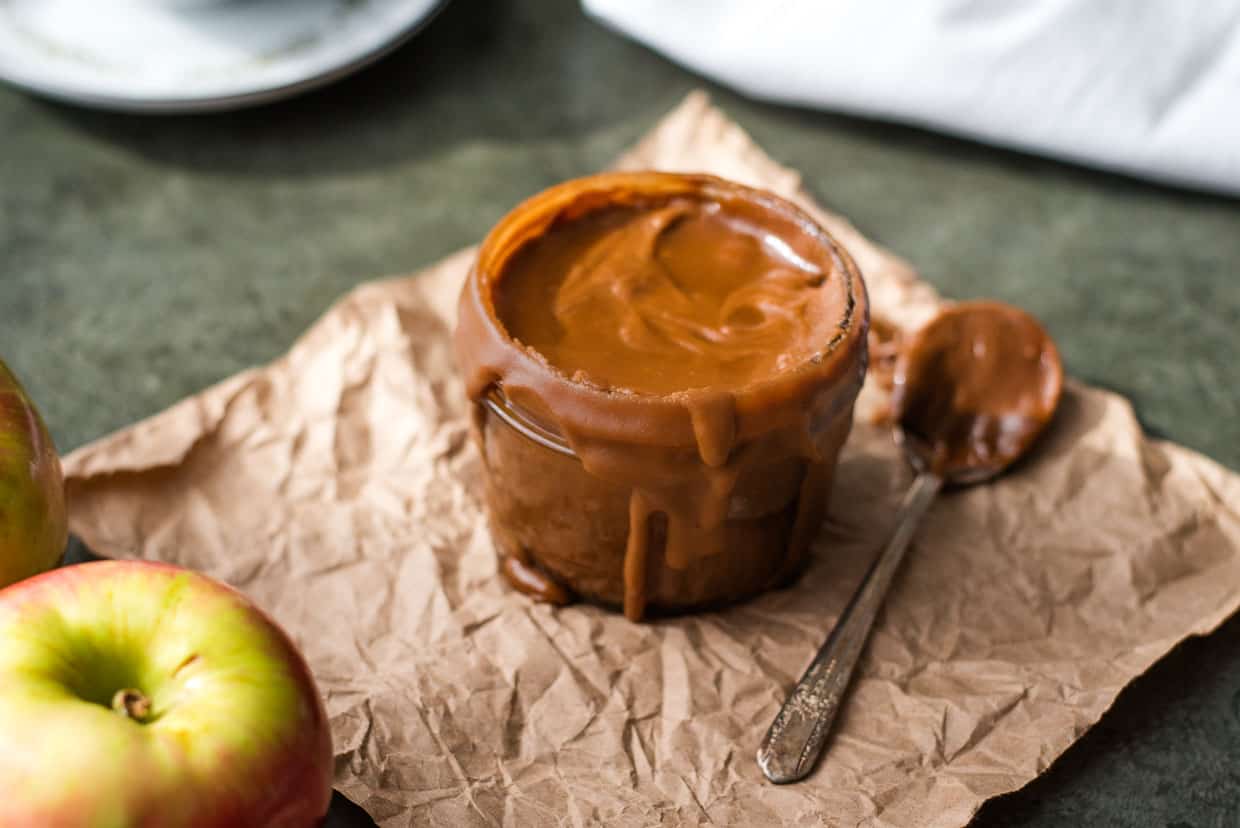Journey into the realm of food science and unravel the mysteries behind its transformative power. Explore six fundamental principles that will help you gain a deeper understanding of the scientific side of cooking, empowering you to unleash your creativity and elevate your culinary skills.

Food science and the home kitchen
Food science is a complex multidisciplinary field that uses principles like biology, chemistry and nutrition to study food. On a large scale, a food scientist’s goal is to understand the physical, chemical and biological structure of food, then apply that knowledge to develop safe, nutritious and sustainable food products.
A food scientist can specialize in things like packaging, scaling recipes to increase production or even engineering the exact salt-to-sugar-to-fat ratio that makes it so hard to resist that next potato chip.
While most home cooks are not scientists, there are basic principles of food science that can be applied in your kitchen to improve your culinary creativity and elevate the flavors of your home cooking. These principles will help you to understand how food reacts in certain conditions and how altering those conditions can vastly impact your results.
Filled with appetizers, salads, sides, mains and desserts, Food Drink Life's cookbook will become your favorite!
- Easy and delicious recipes from a variety of top chefs and recipe developers.
- Bright, colorful pictures on every page.
- Printer-friendly recipes that you can download instantly to your device.
- Printable shopping list and a kitchen conversion sheet.
6 Basic principles
While there are hundreds of principles that apply to the overarching field that is food science, this article is going to cover the six that are most beneficial to the home cook. These principles explain the magic that happens in the pan when conditions are just right. Understanding how they work, even at a surface level, will help you create tastier dishes and better understand what went wrong when things don’t turn out just right.
Caramelization
Caramelization is a process that happens when sugar is introduced to heat for an extended amount of time, resulting in browning and flavor development. The most basic use for caramelization is in making caramel. Plain white sugar is cooked slowly over low to medium heat until the color darkens, and a nutty flavor develops.
Caramelizing brown sugar creates butterscotch with deeper, richer flavors. Caramelization can be done with both added and naturally occurring sugars, like those found in fruit.

Maillard reaction
Like caramelization, in that the end goal is browning, instead of applying to sugars alone, the Maillard reaction is responsible for browning sugars combined with amino acids. If you’ve ever seared a steak on a hot grill, you have experienced the Maillard reaction firsthand. This reaction is responsible for the rich flavors that result when coffee, cocoa beans and nuts are roasted and the beautiful golden color that develops on baked goods.
“When it comes to a mouthwatering steak, one of the key components is a little food science known as the Maillard reaction. That’s the crust that forms when the meat hits the hot pan and gives your steak the edge-to-edge crust or perfect grill marks before you slice into the medium-rare center. It’s not just pretty to look at, but it gives each bite a desirable texture and is an essential part of enjoying every bite.”
— Kita Roberts GirlCarnivore
Gelatinization
Another principle involving the application of heat, gelatinization, is the thickening of starches when combined with liquids. In order for gelatinization to occur, starch molecules are broken down in the liquid, melting together to form a thick gelatin texture. This process is what gives us deliciously thick gravies, creamy risottos and rich custards.
Denaturation and coagulation
Denaturation is the breakdown of proteins when exposed to heat, acid or mechanical agitation, while coagulation is the transformation of proteins from a liquid to a solid. When applied to food science, these principles go hand in hand, most often occurring together.
Cooked egg whites turning from a clear-ish liquid into a solid white mass is the most common example of denaturation and coagulation. Milk proteins are denatured by acid to coagulate together to form curds that can then be turned into cheese. Whipping egg whites until they foam and peak is an example of mechanical denaturation.
The processes of denaturation and coagulation cause changes in texture, flavor and aroma and can make nutrients in food more accessible when digested.

Emulsification
Created through mechanical agitation, emulsification is the combination of two ingredients that typically would not combine together. Whisking together oil and vinegar for a vinaigrette breaks down the oil so that it is suspended in the vinegar. Oil and vinegar alone create a temporary emulsion, while adding an emulsifier like egg yolks, mayo or mustard to the vinaigrette creates a more stable emulsion. Emulsifications are often created with hand whisks, immersion blenders or food processors.
Renee N Gardner is the creative mastermind behind Renee Nicole’s Kitchen, a recipe blog based on seasonal ingredients, dedicated to helping home cooks build their kitchen confidence to become home chefs. When Renee isn’t writing, developing recipes or photographing food, you’ll find her in the garden, traveling or enjoying the outdoors with her husband, son and two dogs.
